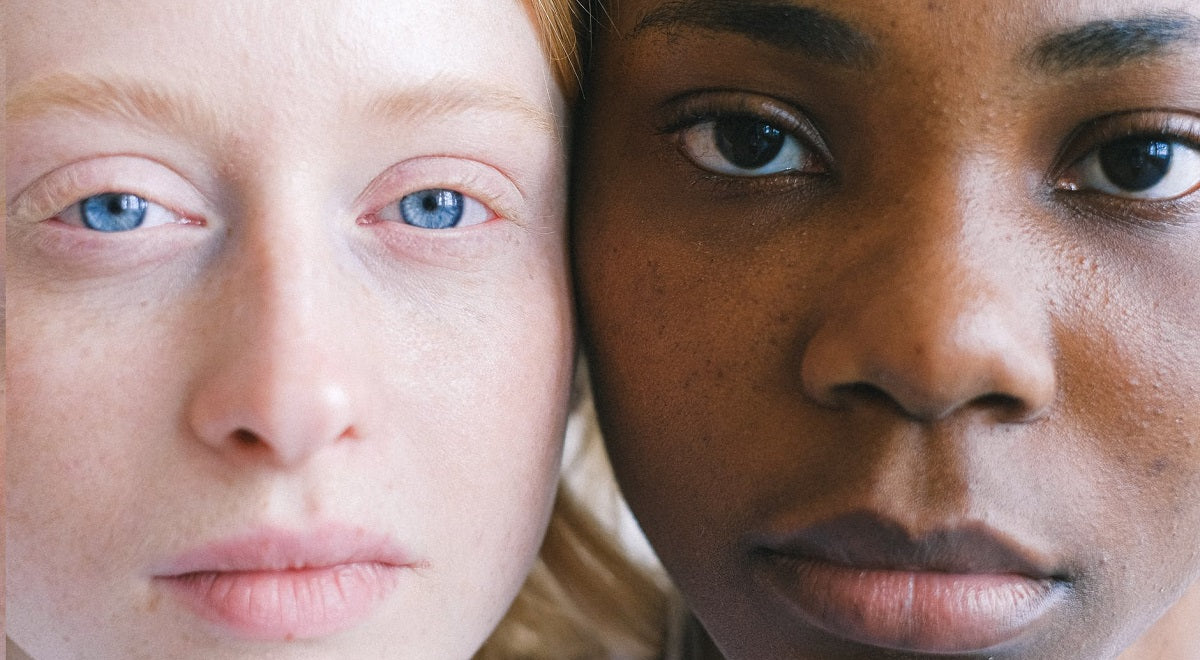Each eye colour has some distinct function from an evolutionary standpoint. Here is what makes your eyes special.
What determines your eye colour?
Your eye colour is determined by genetics. This means that your eyes could resemble those of a parent, grandparent or even a great-grand parent. Your parents may have light-coloured eyes, yet yours is dark, like your grandfather’s.
The colour pigment in your eyes is called melanin. The darker your eyes are, the more melanin you have.
Brown eyes

Brown eyes are by far the most common colour, as most people of Asian and African and native American descent have brown eyes. It is also a common colour in the rest of the population. Statistics vary, but it is estimated that 40% - 60% of people from European descent will also have brown eyes.
Brown eyes are considered a dominant gene, which is why a child may have brown eyes despite his parents having blue or green.
The beauty in brown eyes lies in its various shades. It can present as dark, almost black, and everything in between down to a honey amber colour.
The extra melanin in brown eyes also adds protection against UV rays, just as it does when one has a darker skin tone. This means that those with brown eyes will be less likely to sustain sun-damage.
Green eyes

Green is the rarest of all the eye colours. It is thought that around 2% of the world’s population have green eyes.
Those with green eyes often have different colours of pigment throughout the iris, from brown to yellow to blue. Shades of green can vary from light green or lime to emerald, dark olive or hazel. Those with hazel eyes are often on the fence on whether their eyes are greener, or browner.
One does not have to be exclusively Caucasian to have green eyes either. Famous singer Rihanna is mixed race and hails from Barbados. She is known for her gorgeous green eyes.
Blue eyes

Around 8% of the world’s population has blue eyes. It may vary from an ice blue, light grey to a dark sapphire shade. Many Caucasian children are born with blue eyes, but their eye colour changes over time.
It is said that those with blue eyes have better night vision, but those with light blue or light green eyes may have light-sensitivity and will need extra protection against the sun.
Two different eyes: Heterochromia
Sometimes, one may end up with two different coloured eyes (heterochromia iridum), or one eye that has a random spot of colour vastly different from the rest of the eye and the other (heterochromia iridis). This is caused by a mutation of the DNA. Some are born that way; others develop the condition after trauma to the eye. There is no inherent advantage to this, other than being very unique!

Remember that; although your eyes may be well adapted to the sun, harmful rays over time will damage your vision.
Ordinary, inexpensive tinted sunglasses may not offer any UV protection. Since it only “darkens” your view, it may cause your pupils to dilate and let in even more light. Make sure to wear sunglasses that is labelled with a UV protection on the tag, or ask your optometrist for a reputable brand. We also have many to choose from, in-store.
Alternatively, you can wear a wide brimmed hat and avoid going in direct sunlight from 11h00 to 14h00.
Read more: Dry eyes and how to treat it
We can deliver your medication, supplements, cosmetics, fragrances and other Mopani online shopping, nationwide. Contact us for info: mopani.co.za | crossing@mopani.co.za | Tel: 0137555500 | WhatsApp: 0661921703


